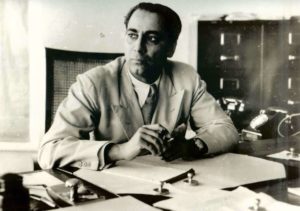
The Indian Space Program was initiated by a brilliant nuclear physicist, Homi Bhabha, who promptly handed it over to Vikram Sarabhai. Bhabha himself pursued the goal of establishing premier scientific institutions for fundamental research in India. At the time, he regarded scientific institutions as critical for the new, emerging independent India.
Whilst working at the Indian Institute of Science in 1945, he proposed the idea of an institution for fundamental research and went on to establish the Tata Institute for Fundamental Research (TIFR), which continues to operate today.
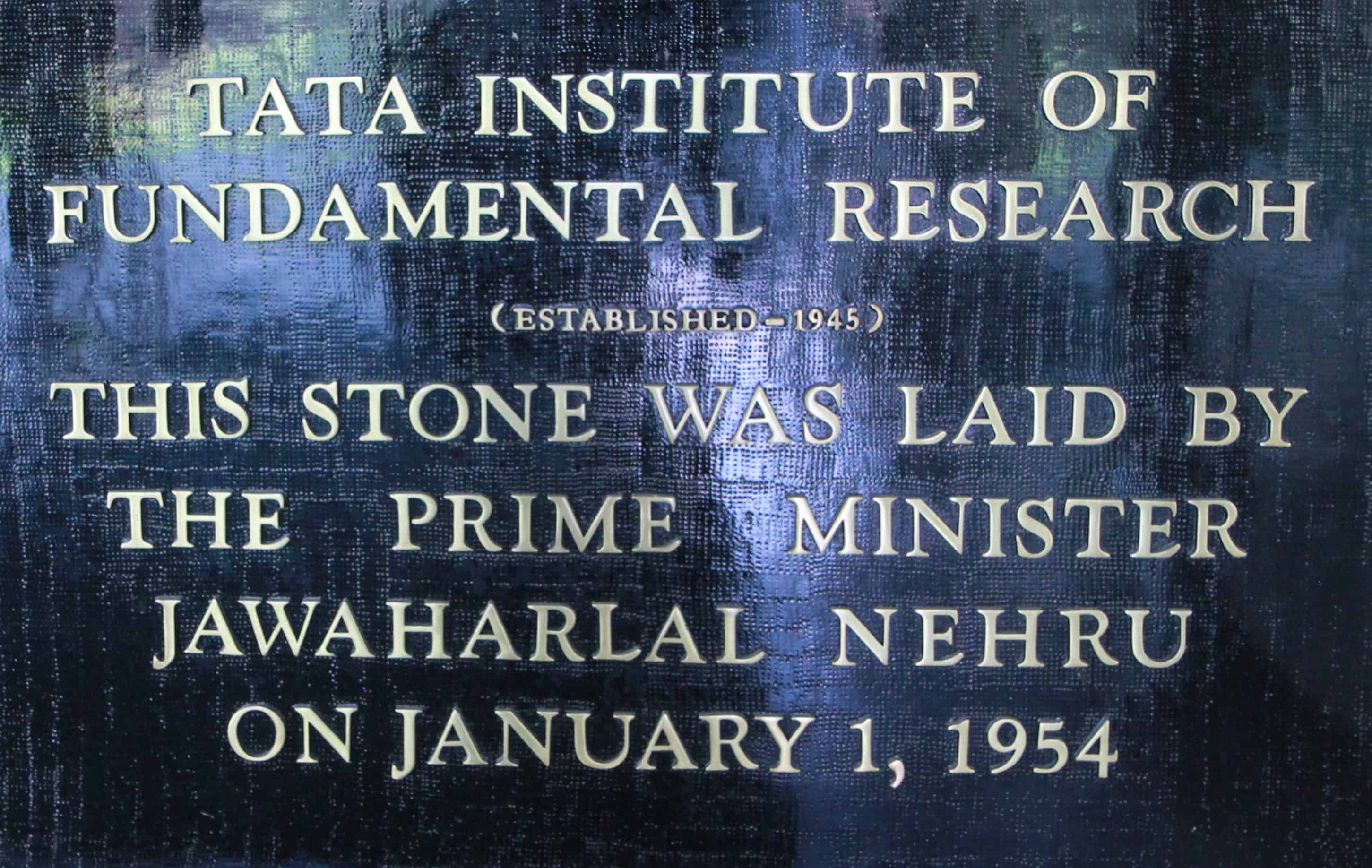
Although separate organisations, the connection between ISRO and TIFR remains strong to this day. Many of the instruments and subsystem onboard ISRO’s satellites are designed and constructed within TIFR. In this episode, the former director of TIFR, Professor Mustansir Barma, discusses Homi Bhabha, his achievements in physics, and the role of TIFR in modern India.
Podcast: Play in new window | Download (Duration: 20:34 — 18.8MB) | Embed
Subscribe: Apple Podcasts | Spotify | RSS | More
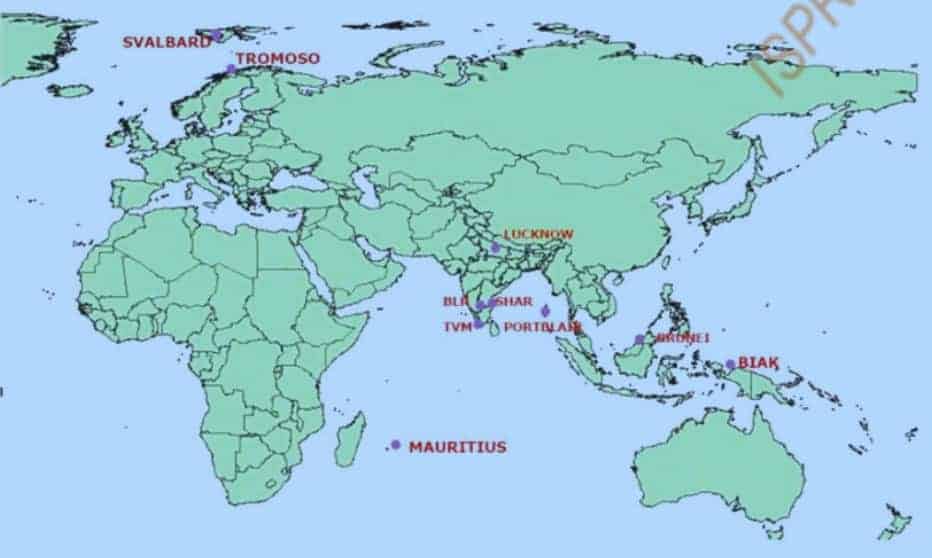 India’s space program is now over half a century old. During this time, its Infrastructure has evolved. This episode looks at the current communication capabilities used to support space vehicles during launch, in Earth orbit or on interplanetary missions.
India’s space program is now over half a century old. During this time, its Infrastructure has evolved. This episode looks at the current communication capabilities used to support space vehicles during launch, in Earth orbit or on interplanetary missions.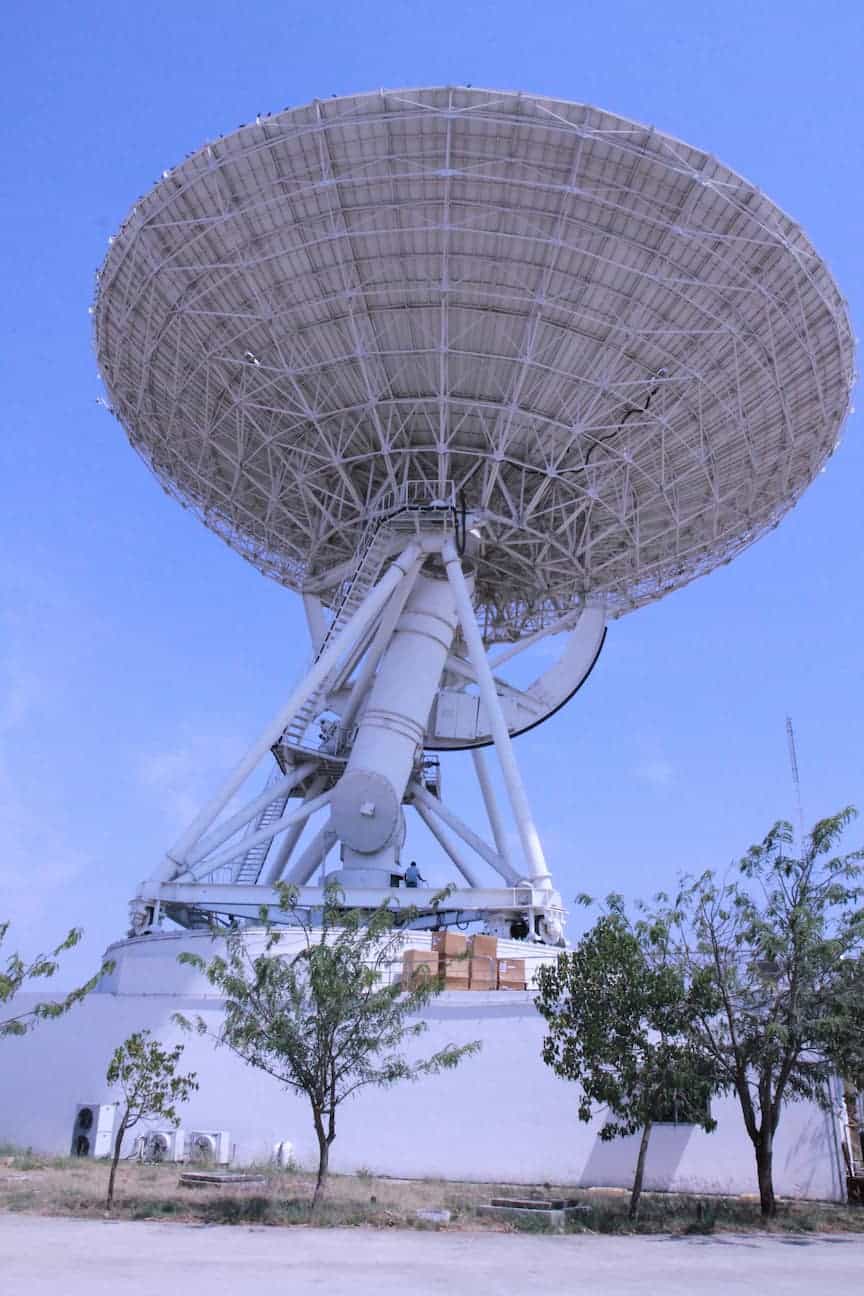 ‘s flagship deep-space antenna is the 32m fully steerable dish at Byalalu, close to Bangalore. It was established for the 2008 Moon mission and has since been the primary means of communicating with the Mars Orbiter Mission. Byalalu is also the central site for India’s Regional Navigation Satellite System IRNSS, due to come into full operation in 2016.
‘s flagship deep-space antenna is the 32m fully steerable dish at Byalalu, close to Bangalore. It was established for the 2008 Moon mission and has since been the primary means of communicating with the Mars Orbiter Mission. Byalalu is also the central site for India’s Regional Navigation Satellite System IRNSS, due to come into full operation in 2016.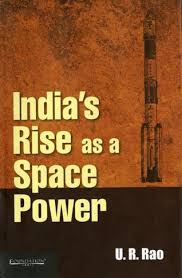
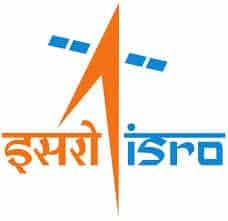 This interview was recorded in his office at the
This interview was recorded in his office at the